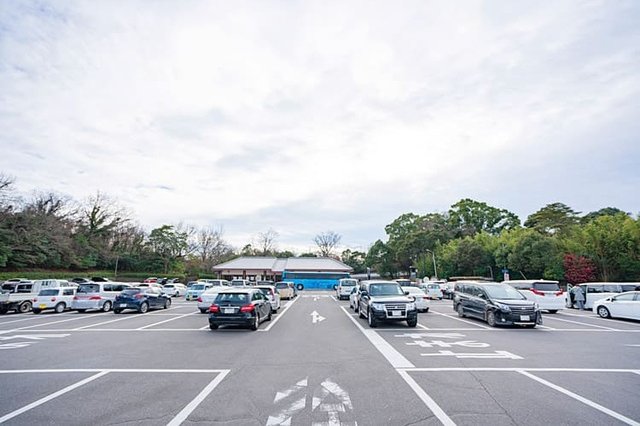The name Yashima (lit. roof island) was given to this hill because its top looks like a roof. The northern part of this gently-sloping plateau or mesa is about 282 meters above sea level, and the southern part is approx. 292. Lava ejected horizontally from a volcano about 14 million years ago, and the surroundings and top eroded, resulting in the geographical formation. Its base is granite, and the middle and upper parts are a tuff deposit. On top of that is a horizontal layer of sanukitoidic andesite.
In addition, along the pilgrimage road extending northward to Yashima Temple, there are oddly shaped rocks called Tatamiishi, which are sanukite extending horizontally. Their distinct shape is made from multiple layers of andesite plates, 2 to 5 centimeters thick each. The mesa and Tatamiishi are terrain that make Yashima unique. In 1934, Tatamiishi was designated as a natural monument of Japan to protect the valuable natural terrain of Yashima.








